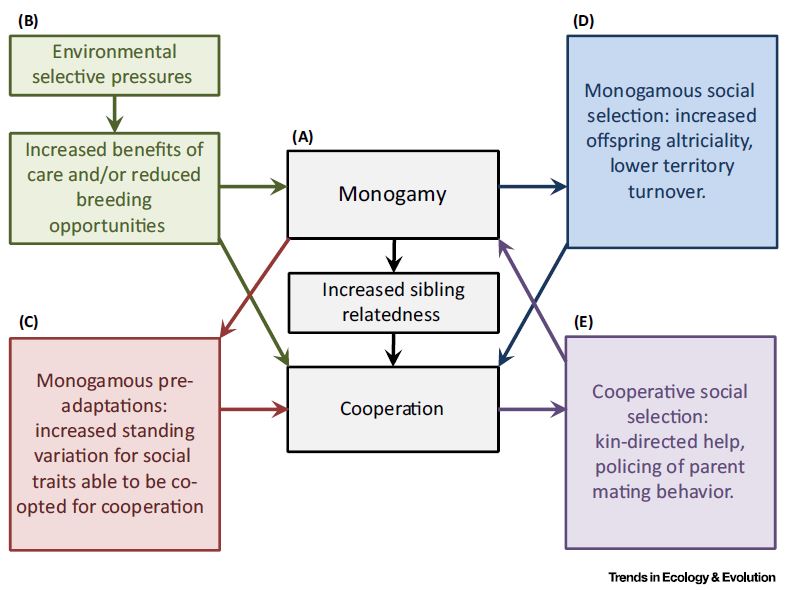

(Anomie was a concept Durkheim developed to describe a state where social and/or moral norms were confused, unclear, or simply not present. This assertion was controversial because it seemingly diminished the valor of those actions.Īccording to the literature, Durkheim linked the third type of suicide, anomic, to disillusionment and disappointment. To rephrase, soldiers who knowingly gave up their lives for their country were in effect committing suicide. Here individuals were integrated into the social group to such a degree that they lost sight of their own individuality they were willing to sacrifice themselves to the group’s interests, even if that sacrifice was their own life.Īccording to Durkheim, the most common cases of altruistic suicide occurred among members of the military. With altruistic suicide, Durkheim argued that certain suicide types occurred among tightly knit groups when they came under severe threat in such situations, members were prepared to die in the group’s defense.

Loosely-bound liberal Protestant groups had higher suicide rates than Catholics and Jews, because in the latter regular religious participation was mandated. The bonds that normally integrated individuals into the group had weakened, leading to a breakdown in social integration.ĭuring his research, Durkheim discovered that unmarried individuals committed suicide at higher rates than married, especially single males, who had less to bind and connect them to stable social norms and goals. Individuals not sufficiently tied to social groups (i.e., those with well-defined, stable values, traditions, norms, and goals) had little social support and/or guidance, and therefore tended to commit suicide.

It occurred when an individual was detached from others in his/her community Types of SuicideĪccording to Durkheim, this type of suicide was a consequence of the deterioration of social and familial bonds. The first is anomic suicide, located on the low end, and the second, fatalistic suicide at the high extreme of the moral regulation continuum. That is, both of these are based on the external regulation of the individual – little or much.

The other two forms of suicide are on the second scale, that of moral regulation. At the opposite end is altruistic suicide, the result of too much integration. This is the consequence of too little social integration. The first type, egoistic suicide, is located on the low end of this scale. The first two are based on the freedom accorded the individual by the group to which the individual belongs (i.e., normative or social integration). This system encompassed four types of suicide: these reflecting the prevailing theories of human behavior for that period. That is, an individual was disposed to suicidal act(s) in inverse proportion to the strength of social ties (e.g., family, friends, and so on), and adherence to the collective consciousness. Classification Systemĭurkheim based his system on the contention that the primary cause of suicide was an individual’s lack of bonding with others. To him, suicide was a social action, its root cause social disorganization.īased on the degree of imbalance of these social forces, he developed a comprehensive system for classifying suicide. In fact, he proved that social relationships greatly influence suicidal tendencies: predominately the degree of social integration and moral regulation in an individual’s life. In his analysis of statistics for various cultures and historical periods, Durkheim established a link between suicide and social factors. In short, suicide was widely accepted as the act of sick or disturbed individuals. At that time, sociologists attributed acts of self-destruction primarily to physiological and/or psychological origins. A detailed study, this work fundamentally altered society’s perception of this quintessentially personal act. In his seminal work, Le Suicide, French sociologist Émile Durkheim (1858–1917) examined suicide from a sociological perspective.


 0 kommentar(er)
0 kommentar(er)
